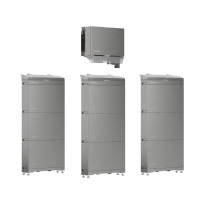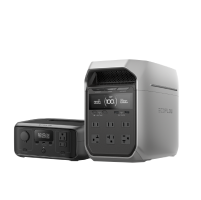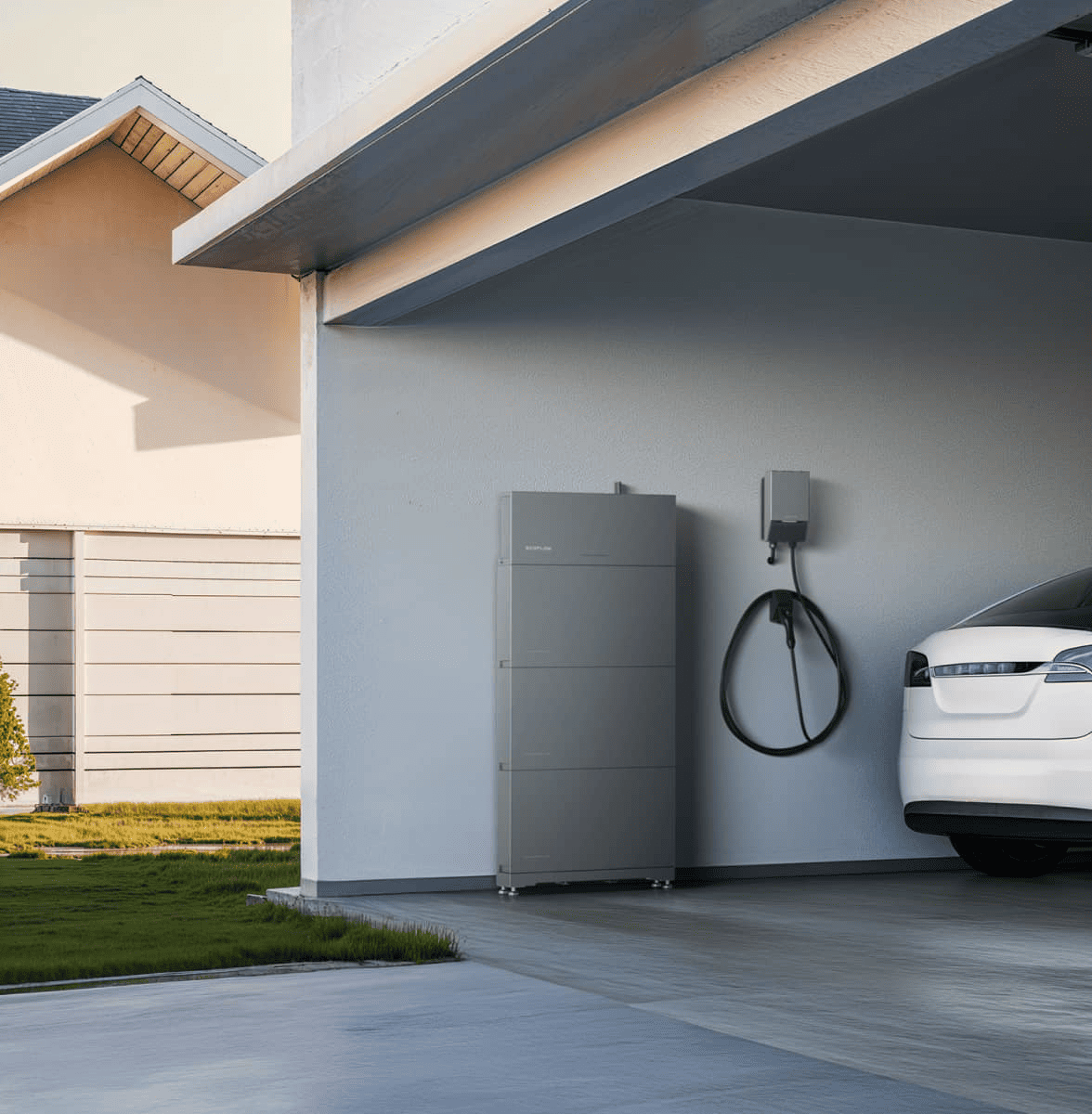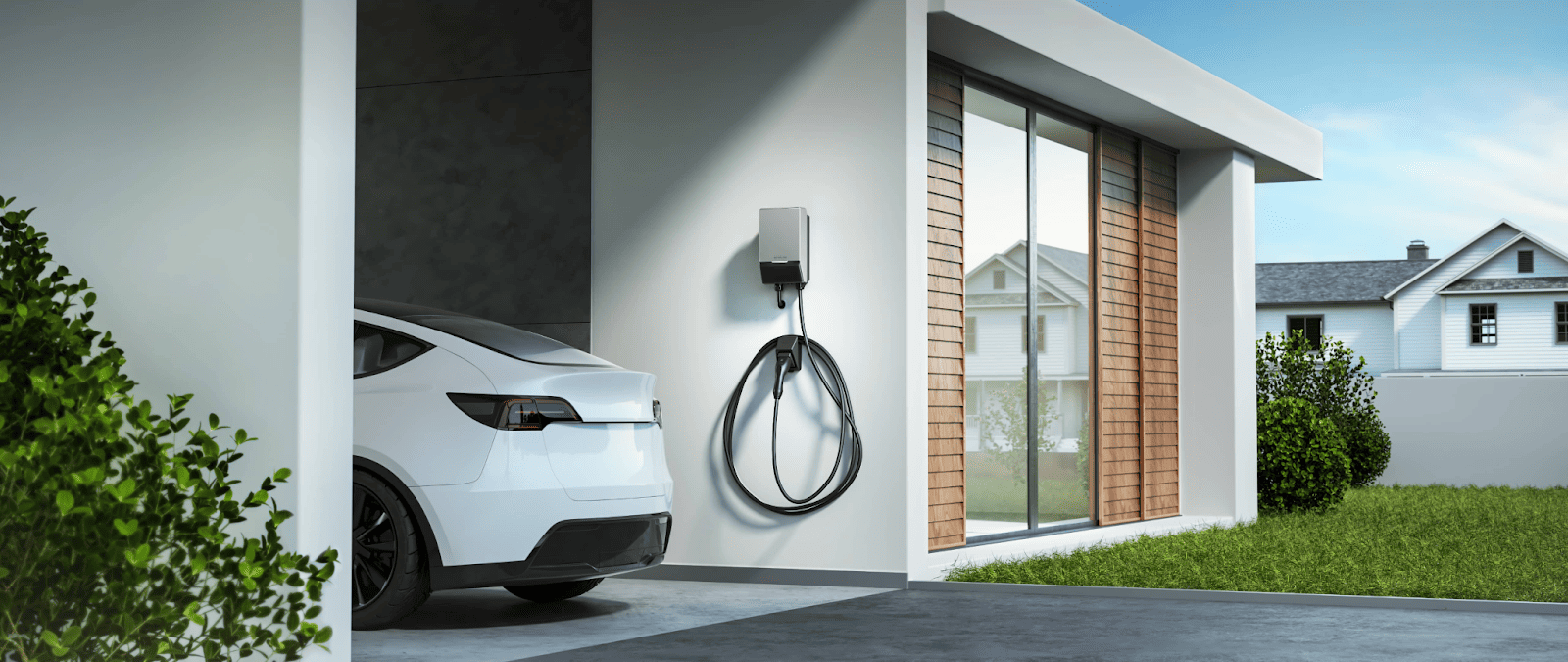What Are the Benefits of Doing a Future-Proof EV Charger Home Installation?
Installing an EV charger home solution is one of the smartest investments any UK homeowner can make today. By future-proofing your setup, you’re not just covering the needs of your current vehicle but also ensuring your system is adaptable for faster charging and solar integration
For families asking how much to install EV charger at home, thinking long-term helps avoid costly upgrades and ensures you can enjoy both savings and convenience with the best home EV chargers available. Read more to find out and learn the best EV charger home installation processes.
EV Charger Home Installation Rules and Regulations in the UK
When considering an EV charger home installation in the UK, compliance with national standards and regulations is crucial to ensure safety and long-term reliability. Since June 2022, all new chargers in Great Britain must be “smart,” which means they are capable of scheduling charging sessions at off-peak times by default, include randomised delay functions to help stabilise the grid, and have built-in cybersecurity protections.
Building regulations also play a role, particularly Approved Document S (Part S), which requires charge points or cable routes to be planned for new or renovated buildings to support electric vehicles. Homeowners should also prioritise choosing OZEV-approved devices that comply with UK and EU safety standards.
Selecting a compliant device not only makes installation smoother but also helps secure grant eligibility where available.
EcoFlow PowerPulse 2 represents a practical and forward-looking choice because it meets these regulatory requirements while offering strong smart charging features. At the same time, EcoFlow’s AI-powered Home Energy Management System (HEMS) makes for seamless integration and energy monitoring.
By aligning with both compliance and innovation, Ecoflow’s HEMS alongside PowerPulse 2 helps ensure your home installation is ready for present demands and adaptable to future EV technologies.
Installing an EV Charger at Home: Avoiding Costly Electrical Upgrades
When installing an EV charger at home, one of the biggest hidden expenses can come from unexpected electrical upgrades. In the UK, your local Distribution Network Operator (DNO) must be notified of your installation, but sometimes an application to connect is required if demand exceeds safe limits.
A key factor is the rating of your cut-out fuse, which is typically 60, 80, or 100 amps. If your supply is limited, installing a charger without verifying this could result in costly delays. To manage loads safely, dynamic load management (DLM) systems are often integrated to balance charging demand against household usage, preventing overloads.
Another smart step to take into consideration is planning cable routes or ducting in advance, especially if you anticipate upgrading to higher-capacity charging in the future.
By designing with foresight now, you minimise the possibility of renovations and electrical rework later, protecting yourself from expensive system overhauls while keeping your charging options flexible.
Safety and Protection You Should Expect
Safety is at the core of any EV charger home installation, and following proper protection standards ensures peace of mind.
The UK wiring regulations (BS 7671 Section 722) require a dedicated circuit for EV chargers to prevent overloading existing household circuits. Protection against dangerous voltages is also essential, which is why open-PEN fault protection is a standard feature in compliant chargers.
Residual Current Devices (RCDs) or RCBOs play a key role in safety. The recommended choice is a Type A unit with 6 mA DC detection, though in some cases a Type B is used for broader fault protection. Mode 3 charging, the standard for home setups, ensures safer, controlled delivery of electricity compared to extension leads or non-dedicated outlets.
EcoFlow’s PowerPulse 2 addresses these concerns comprehensively by integrating open-PEN protection, compliant RCD/RCBO setups, and robust internal safeguards. With these measures in place, homeowners can confidently charge their vehicles knowing the system is safe and fully aligned with UK standards.
Keeping Your Options Open with Interoperability
A truly future-proof EV charger home installation ensures you are not locked into one system or vehicle brand. Across the UK and EU, the Type 2 connector (IEC 62196-2) is the universal standard, which makes it vital for compatibility with today’s and tomorrow’s electric cars.
Looking ahead, the most forward-thinking chargers support OCPP (Open Charge Point Protocol), enabling you to choose from a variety of apps and providers for smarter control. Another emerging standard, ISO 15118, allows for Plug & Charge technology, where billing and authorisation are handled automatically between vehicle and charger.
For eco-conscious families, bi-directional charging capabilities such as Vehicle-to-Home (V2H) or Vehicle-to-Grid (V2G) are also worth factoring in, as they can transform your car into an energy storage asset.
By choosing a charger that has these features, you avoid having to pay for expensive replacements later on and maintain your options for future energy services, upgrades, and new cars.
What kind of product or solution are you interested in?


Smarter Charging: How Much to Install EV Charger at Home?
Many families researching how much to install EV charger at home focus only on the upfront price, but ongoing energy savings can be just as important. A modern smart EV charger, such as PowerPulse 2, can pair with time-of-use tariffs, automatically scheduling home EV charging during off-peak hours to cut costs.
This is especially useful at night, when the rates are lowest. Beyond tariffs, surplus solar charging is an attractive feature, allowing homeowners with PV panels to prioritise renewable energy before drawing from the grid.
This is furthered by battery integration, which stores energy for later use and moves charging into the most cost-effective and environmentally friendly times.
The PowerPulse 2 integrates seamlessly with EcoFlow’s PowerOcean battery system and wider home energy ecosystem, making it easier to coordinate solar, storage, and charging into one platform. This means homeowners not only save money but also reduce their carbon footprint while enjoying maximum flexibility in how they charge their electric vehicle.

Practical Choices That Make a Difference
When selecting the best home EV chargers, seemingly small design decisions can make a big impact on day-to-day use.
One of the first considerations is whether to choose a tethered unit, which comes with a fixed cable for convenience, or a socketed model, which offers greater flexibility for different vehicles.
Outdoor durability is also key, so looking for strong IP and IK ratings ensures the unit can withstand weather and accidental impacts. Connectivity is another important but sometimes overlooked factor. While Wi-Fi is common, reliable alternatives such as Ethernet or 4G backup connections ensure the charger stays online even if your home network drops.
Accessibility features, including a suitable mounting height, integrated cable management, and easy servicing access, improve usability for all family members. Whether you have young kids, teens, and senior citizens residing in your home, handling and dealing with energy matters won’t be intimidating with the help of prior features.
Planning Permission and Noise Considerations for EV Home Chargers
Most EV charger home installations in England fall under permitted development rights, meaning no formal planning permission is needed. However, certain conditions still apply, particularly regarding the charger’s size, placement, and its distance from the highway.
Homeowners should always verify these criteria with their local authority to avoid unexpected issues. Proper siting also makes a difference in everyday comfort. Placing the charger thoughtfully can reduce potential noise from cooling fans or prevent the unit from being a visual distraction, particularly in front gardens or near living spaces.
What Sets the Best Home EV Chargers Apart?
A future-proof EV charger home installation is more than just a convenience—it is an investment in safety, adaptability, and long-term savings.
By choosing smart, standards-compliant solutions like EcoFlow’s PowerPulse 2, homeowners avoid costly rework and ensure compatibility with solar, tariffs, and even vehicle-to-home applications. Charging is made safer, less expensive, and prepared for the upcoming generation of EVs by adhering to UK standards and making strategic plans.
Schedule a consultation today and keep up with current EV technologies and the UK’s regulations before you install a home EV charger.
FAQ
1. How much does it cost to install an EV charger at home in the UK?
Installation typically costs £800–£1,200 depending on your home’s wiring, fuse rating, and charger choice. Smart, OZEV-approved units may qualify for grants, reducing the cost. Potential upgrades also add around £400 to £600.
2. Do I need permission to install an EV charger at home?
In most situations, no formal planning permission is required as chargers qualify under permitted development. However, always check local conditions, especially for listed buildings or conservation areas. It can still be dependent on zoning laws.
3. What is the best home EV charger for UK households?
The best home EV chargers combine smart features, safety compliance, and flexibility. EcoFlow’s PowerPulse 2 is a strong option, offering solar and battery integration with a smart energy monitoring system to fully optimize your home EV charging.



